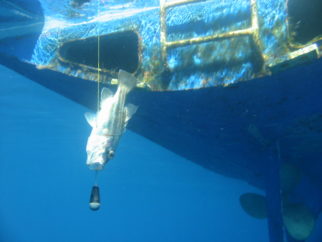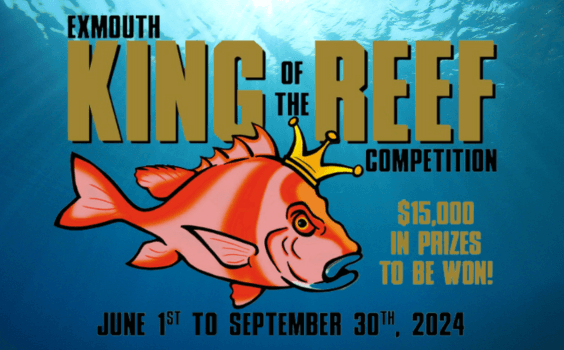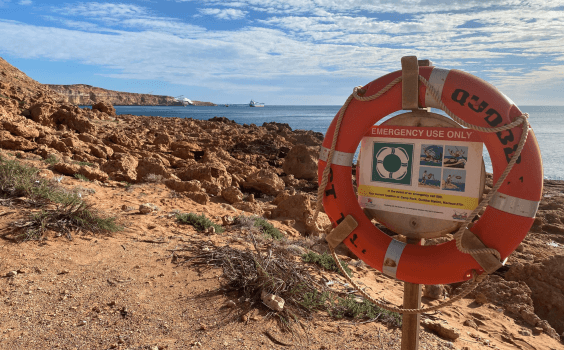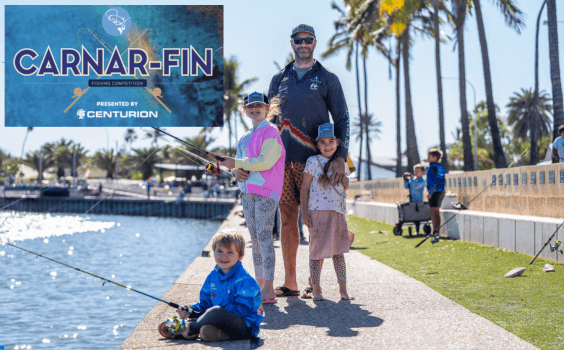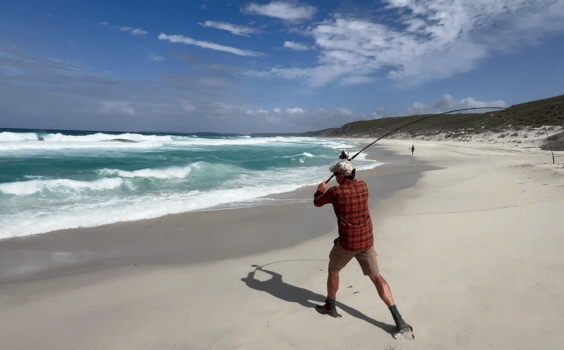Not all fish are born equal. There are certain species that fuel the imagination more than others. The iconic WA dhufish is one of these. Along with its partners in crime the baldchin groper and pink snapper, these species inspire many West Aussies to head out to sea each year.
Stocks of these fish have been under recovery since 2010, when both the recreational and commercial fisheries had management changes aimed at cutting each sectors catch by 50 per cent.
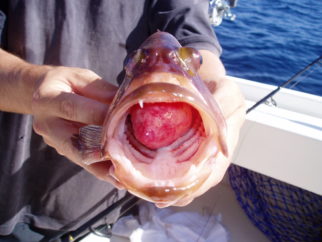
As the fishery is composed of multiple species existing over a large area and targeted by both recreational and commercial fishers who use different fishing gear it is an extremely complex fishery to manage.
One of the issues around managing this suite of species is that of post release survival. Many of these species suffer from barotrauma, which is when air inside the swim bladder and other organs of the fish expands as the fish is bought to the surface.
A quick retrieval does not give the fish enough time to adjust to the rapid changes in water pressure. Some fish suffer from barotrauma more than others but generally bottom dwelling demersal species caught in depths greater than 30m are amongst the fish most affected.
The physical effects of barotrauma can be seen in the form of inflated abdomen, bulging eyes, stomach protruding from the mouth and distended intestines.
Undersize or unwanted fish that are returned to the water showing signs of barotrauma may often have difficulty swimming and returning to the bottom and subsequently are at much lower risk of surviving.
These fish also have a much greater risk of being eaten by sharks because they can’t escape and make an easy meal.
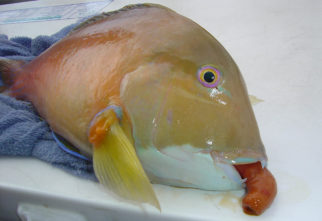
Fishers are competitive by nature and we continue to strive for bigger better catches.
This has led to some fishers choosing to release small (but still legal) fish in the hopes of catching a larger fish to take home.
Some fishers also mistakenly think a release weight ensures all released fish will survive making it acceptable to target demersal fish for catch and release purposes.
These practices are not as innocent as they seem and end up having a larger impact on these fish stocks than people realise.
Research on dhufish has shown a large proportion of fish caught at depths over 30m die when released, with survival rate decreasing the deeper the fish was caught.
When undertaking assessments of these fish stocks, fisheries researchers take into account the estimated number of fish that die after release as part of their calculations.
This estimate is added to the ‘catch’ component in a total mortality model. This means as fishers, it is essential we do everything we can to ensure the number of fish that survive release is high.
There’s a number of simple ways in which we can achieve this, including:
- Never intentionally targeting bottom fish (demersals) for catch and release purposes;
- If a legal sized fish is caught in deep water, consider keeping it rather than releasing it in the hope of catching a larger one;
- Always release bottom fish using a release weight.
Check out our release weight brochure here!
As stewards of this resource it is imperative that we all do as much as we can to ensure our fish stocks rebuild.
These simple steps will make a difference by ensuring both fewer unwanted fish are brought to the surface, as well as a greater rate of survival for those that are released.
